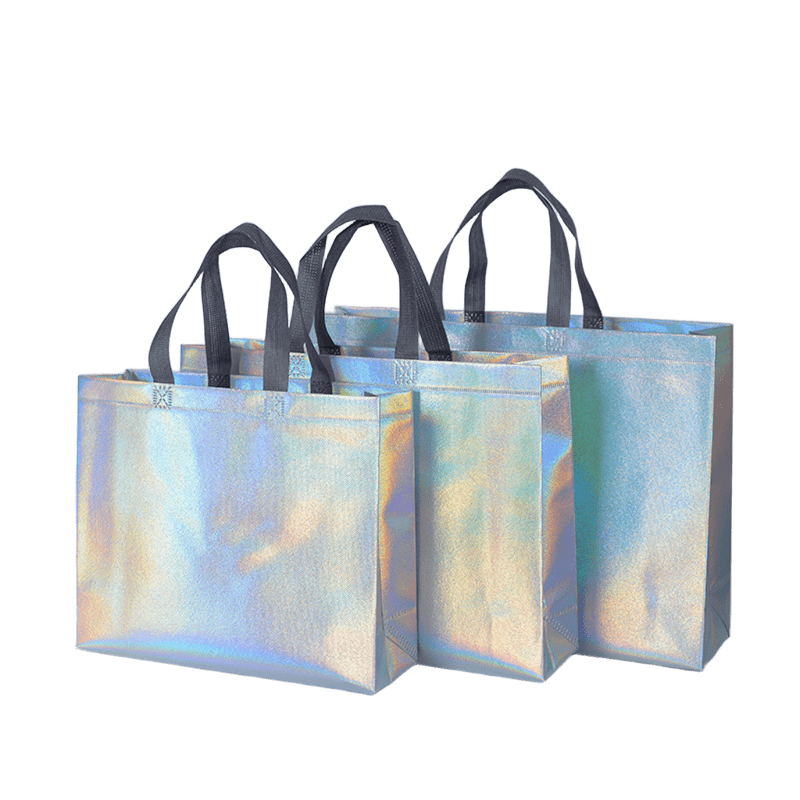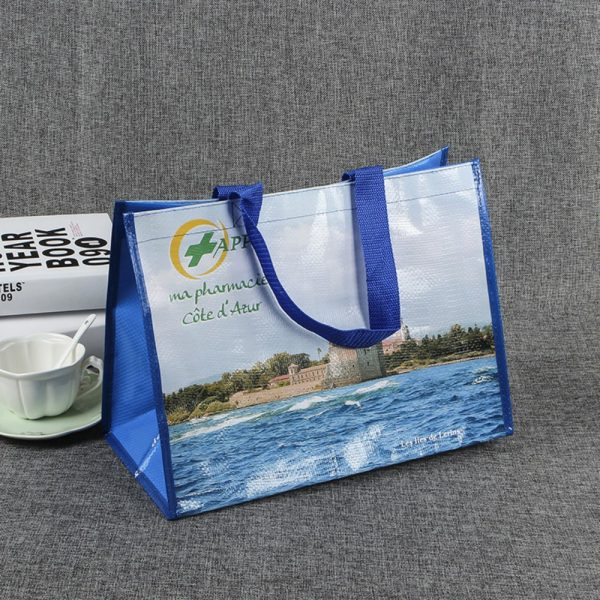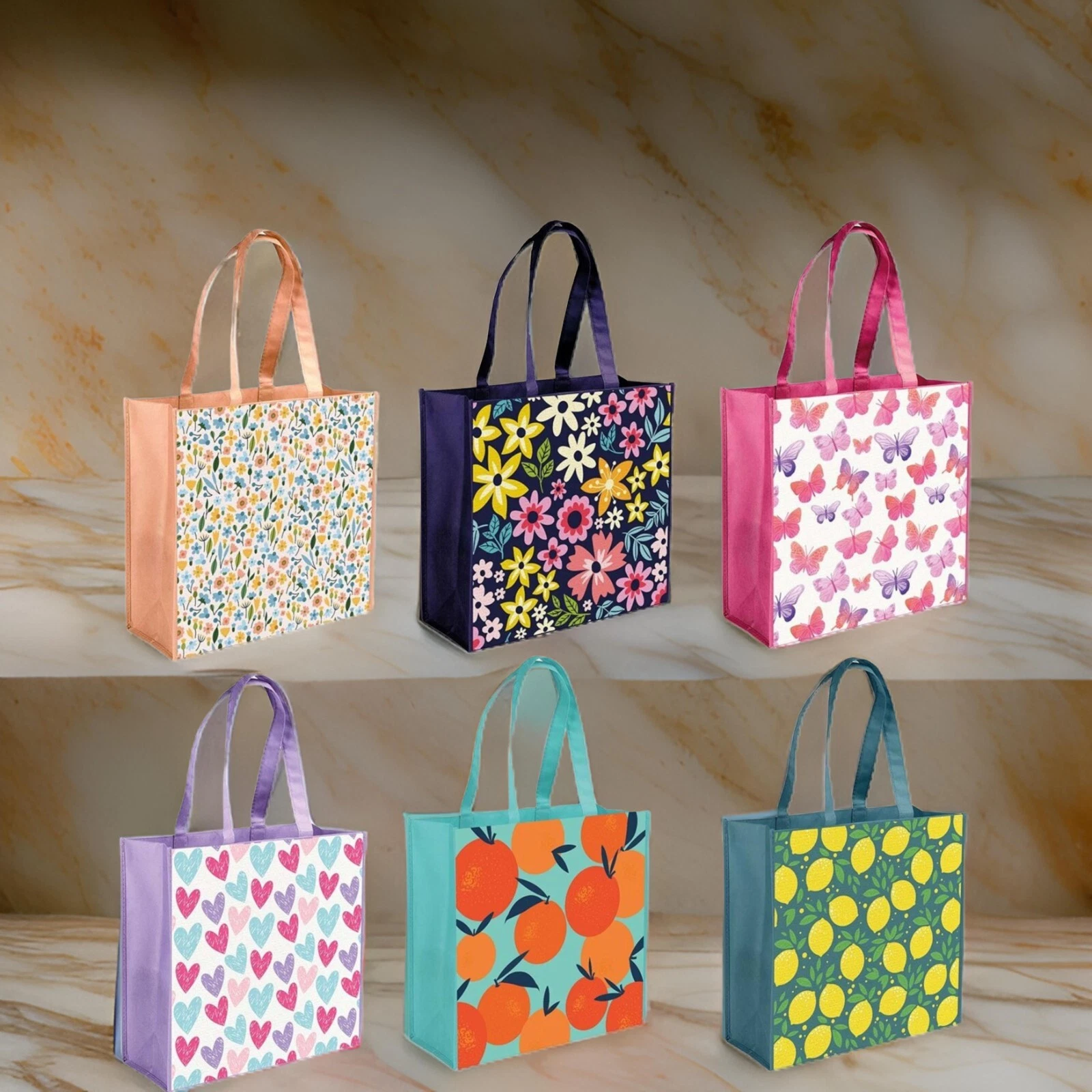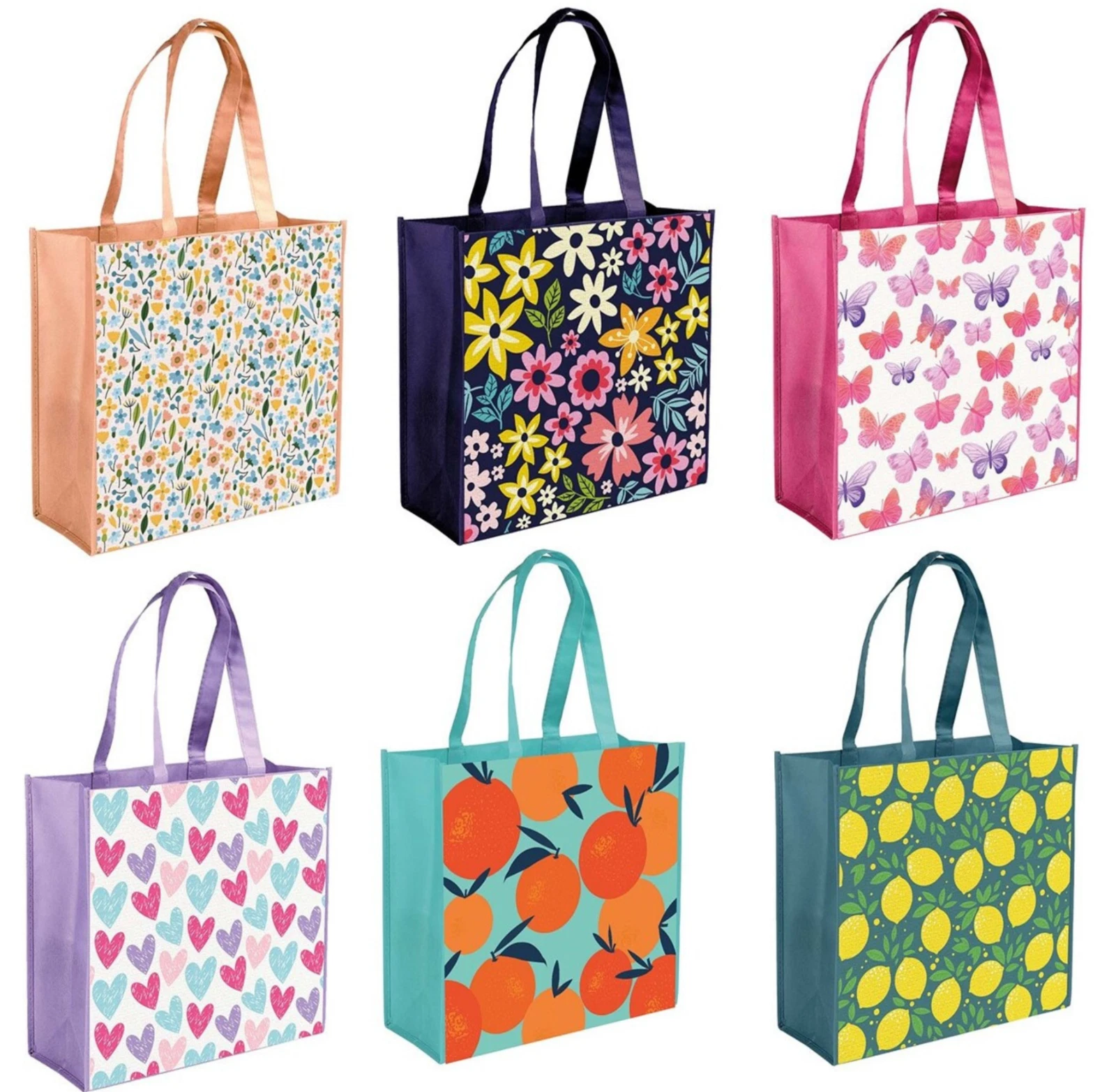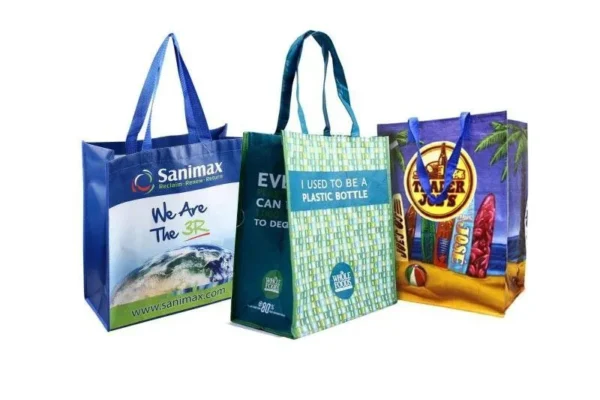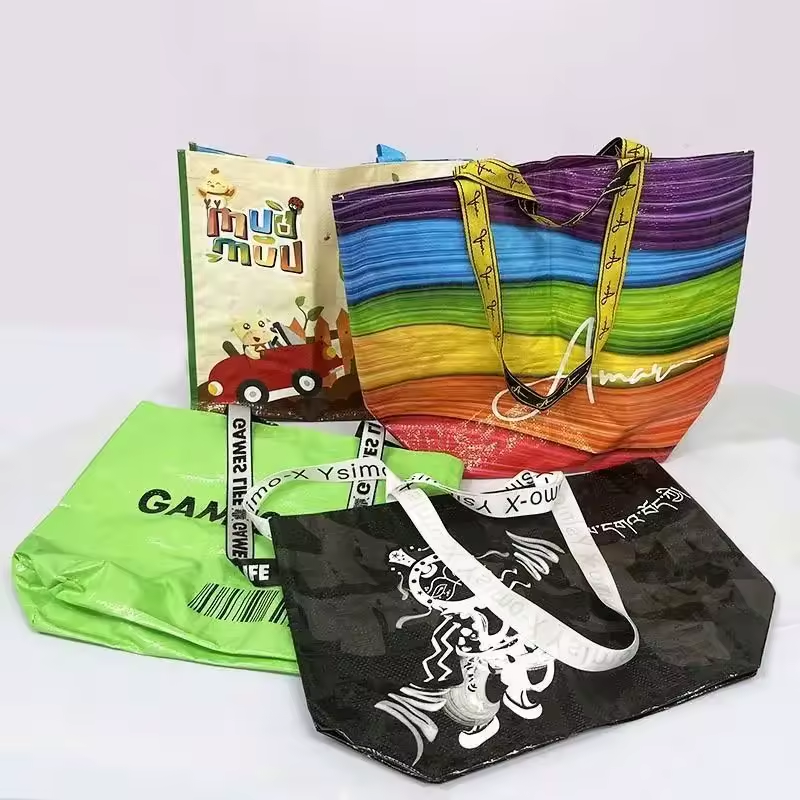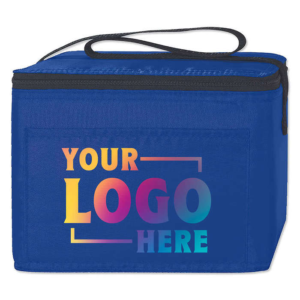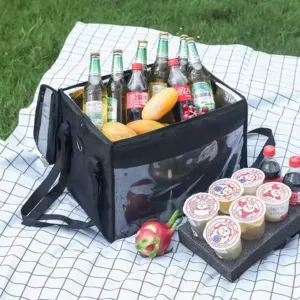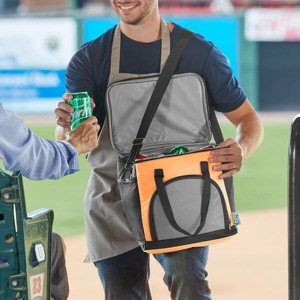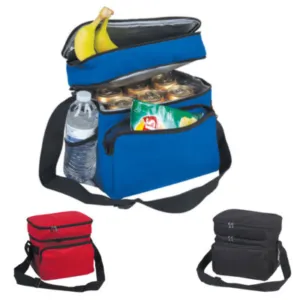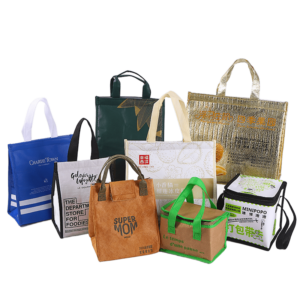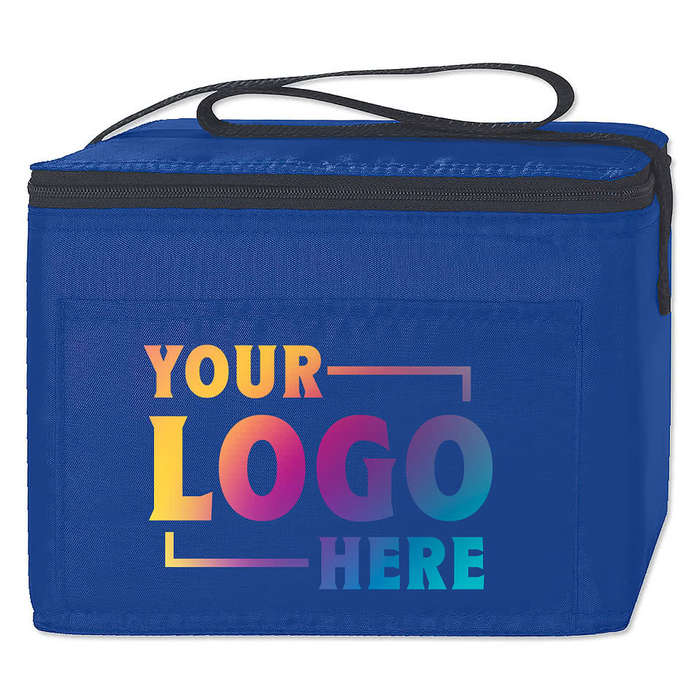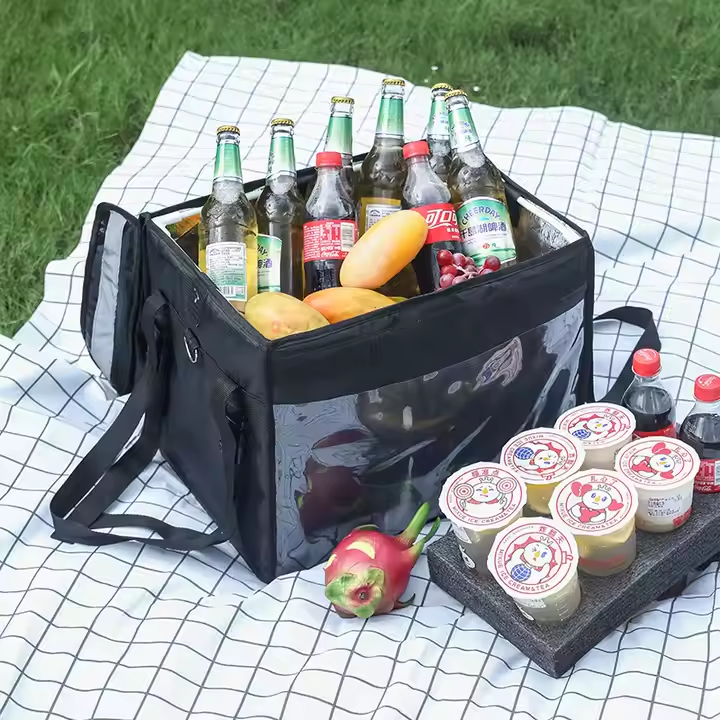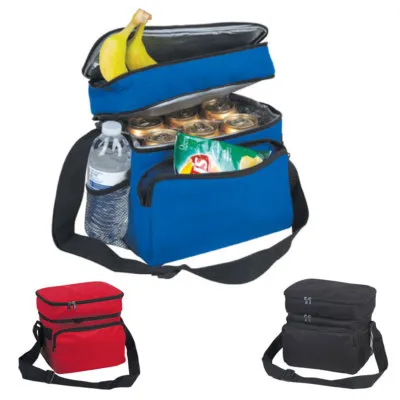Minimum Order Quantity (MOQ) directly affects the cost, flexibility, and feasibility of custom woven bag orders. Understanding the factors behind MOQ helps buyers plan smarter and negotiate effectively with suppliers.
MOQ for custom woven bags depends on production costs, materials, factory capacity, and order patterns, balancing efficiency with profitability.
Let’s explore the six major factors that determine MOQ and how they influence your purchasing decisions.
Production Process and Setup Costs
The complexity of the production process plays a big role in MOQ.
Custom woven bags often require specific machine setups, printing plates, and color adjustments. More intricate designs with multiple colors or advanced printing techniques increase setup time and costs.
Manufacturers set higher MOQs to distribute these fixed costs across more units, making production economically viable. For example, a simple one-color logo may have a lower MOQ than a multi-color full-print design.
Key Considerations
| Factor | Impact on MOQ |
|---|---|
| Setup cost | Higher costs require higher MOQ |
| Printing complexity | Increases time and waste |
| Efficiency needs | Larger runs lower unit costs |
Product Value and Price
The unit value of the product influences MOQ expectations.
Low-value items require higher MOQs because fixed expenses like labor, energy, and machine setup must be spread over more units to stay profitable. Higher-value bags can justify smaller production runs because each unit generates more revenue.
For example, a basic promotional tote might have an MOQ of 5,000, while a premium insulated woven bag might only require 1,000 units.
Key Considerations
| Factor | Impact on MOQ |
|---|---|
| Low-value | Higher MOQ for profitability |
| High-value | Lower MOQ possible |
| Cost recovery | Depends on unit selling price |
Factory Size and Production Capacity
Factory infrastructure affects the smallest feasible order.
Large-scale factories with high-capacity machines optimize for bulk orders. They may reject small batches to maintain efficiency. Smaller factories may be more flexible, but smaller runs often come with higher per-unit costs.
Buyers should match their needs to the right type of supplier—choosing a large factory for large runs and smaller factories for specialized, limited orders.
Key Considerations
| Factor | Impact on MOQ |
|---|---|
| Large factory | Prefers big orders |
| Small factory | Accepts small runs, higher cost |
| Equipment scale | Defines minimum run size |
Material and Raw Material Requirements
MOQ often depends on how materials are sourced.
Suppliers may need to purchase polypropylene rolls, special inks, or laminates in bulk. If these raw materials have their own minimums, finished bag MOQs will reflect those thresholds.
For example, if a supplier must buy 500 kg of PP fabric per color, they will set MOQs that consume that amount efficiently.
Key Considerations
| Factor | Impact on MOQ |
|---|---|
| Bulk fabric buys | Increases MOQ |
| Specialty inks | Requires higher runs |
| Color matching | Raises material waste and cost |
Customization and Design Complexity
The more complex the customization, the higher the MOQ.
Multiple colors, unique shapes, special coatings, or detailed printing increase setup time and waste during test runs.
Complex designs require more preparation and may be less efficient to produce in small batches. This drives suppliers to request larger MOQs to justify the extra effort.
Key Considerations
| Factor | Impact on MOQ |
|---|---|
| Color variety | Increases setup time |
| Special finishes | Requires extra material |
| Unique designs | Slows production speed |
Order Volume and Repeat Orders Consideration
Suppliers adjust MOQs based on customer relationship and forecasted demand.
New buyers or one-time orders typically face higher MOQs, as suppliers have no guarantee of future business.
Long-term partners or customers with consistent orders may get lower MOQs as a gesture of trust and ongoing cooperation.
Key Considerations
| Factor | Impact on MOQ |
|---|---|
| First-time buyers | Higher MOQ |
| Repeat buyers | Lower MOQ possible |
| Contract terms | Can influence flexibility |
Conclusion
MOQ for custom woven bags[^1] is shaped by both production realities and business relationships. Factors like design complexity, raw material sourcing, and factory capacity[^2] all interact to set the minimum order.
From my experience in bulk packaging supply, understanding these variables can help buyers negotiate better terms and choose suppliers that match their order size and customization needs.
What’s your biggest challenge when meeting supplier MOQs? Share your thoughts in the comments.
---
[^1]: Explore the advantages of custom woven bags for branding and sustainability.
[^2]: Discover the significance of factory capacity in meeting production demands.

